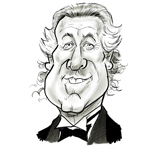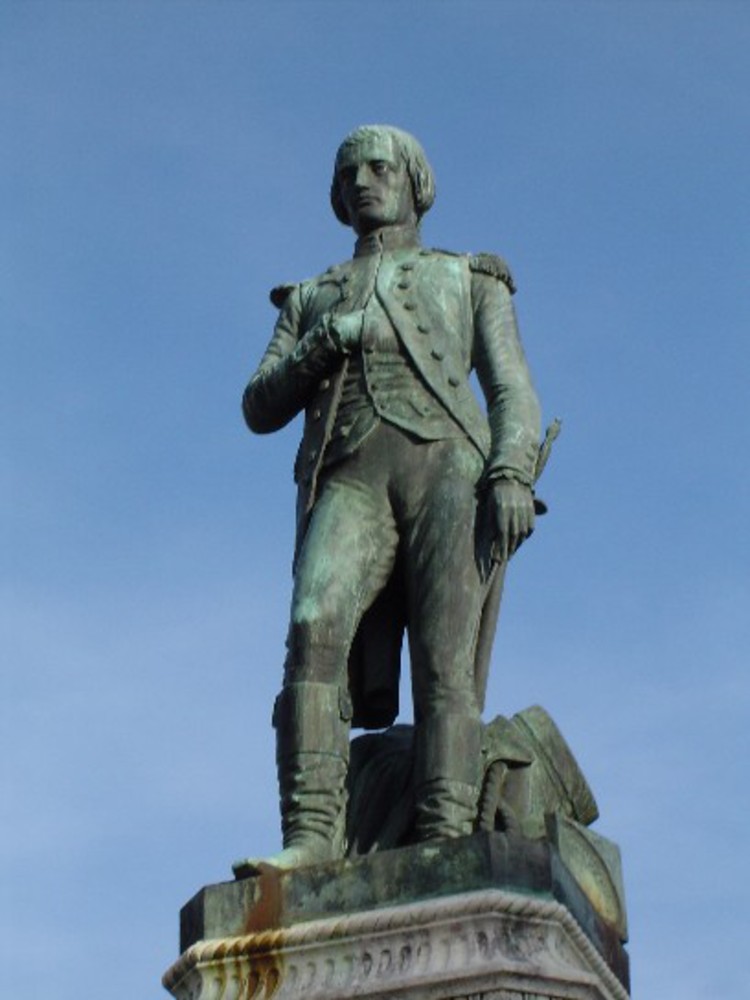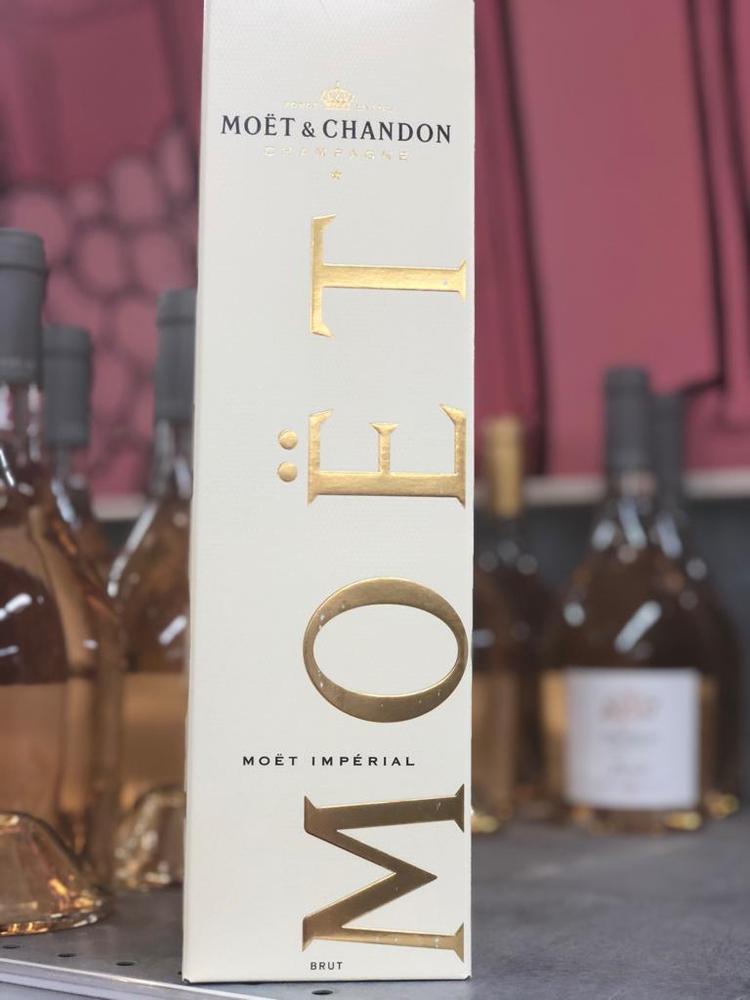
Perhaps no single person has contributed to the history of Champagne more than Napoleon Bonaparte. While legend obviously follows Bonaparte, the phenomenon is founded on indisputable fact, unlike the popular history of Champagne.
Contrary to popular belief, Dom Pérignon, did not invent Champagne. The oldest recorded sparkling wine is attributed to Benedictine Monks in 1531. This is the same order that Dom Perignon belonged to where he worked with Dom Ruinart.

Statue of Napoleon Bonaparte
Over a century later, an English scientist and physician, Christopher Merret presented to the Royal Society a paper outlining the addition of sugar to a finished wine to create a second fermentation in which is what we now call méthode champenoise. This was when Dom Perignon was only 24 and six years before he was sent to the Abby, where champagne was ‘born’.
Pivotal to Merrets’ work was that it coincided also with English glass-makers’ technical developments, that allowed bottles to be produced which could withstand the required internal pressures during secondary fermentation. French glass-makers at this time could not produce bottles of the required quality or strength.
So, the origins of champagne do not solely belong to the French, as you may think.
Perhaps, it is more coincidental that the establishment of Champagne, is in some part due to Dom Perignon and Dom Ruinart’s work being done during the reign of Louis XIV, The Sun King.
As an aside, it may be an urban myth, but it is claimed that the coupe champagne glass was modelled on the Empress Marie Antionette’s breast.

Moet Chandon
On to Napoleon Bonaparte and his association with Champagne.
Napoleon had a strong personal connection with Claude Moët dating back to 1782, when they met whislt he was at Military school. It was a relationship that would last a lifetime.
Moët built the replica of Grand Trianon, the chateau in Versailles, on his estate as guest quarters for Napoleon and Empress Josephine whenever they visited.
Moët Impérial was named after late Emperor in 1869, and the house has continued to produce it under that name ever since.
Bonaparte’s association goes beyond just his association with Claude Moët.
Napoleon’s attribution, being the first person to open a bottle of champagne with a sabre, (sabrage) a practice that was taken up by French Hussars during the Napoleonic Wars. While on horseback, they would traditionally be thrown a bottle of champagne by the Mayor of a town that was being liberated, and this way they could celebrate and drink the champagne without dismounting.
Napoleon’s armies always marched with Champagne which was collected enroute from the Moët estate. His famous quote was, ‘Champagne! In victory one deserves it, in defeat one needs it!’
What is notable is, it is claimed, when Napoleon met his Waterloo, he had no Champagne.
It is said, because of Napoleon, The Duke of Wellington became a great lover of Champagne.
So next time you have a glass of your favourite Champagne, whether you are a fan of Moët and Chandon or not, a spare a thought for Napoleon Bonaparte, for without him, that Champagne you are drinking may not have become what it is today.

We endeavour to always credit the correct original source of every image we use. If you think a credit may be incorrect please contact us at hello@notdeadyet.digital